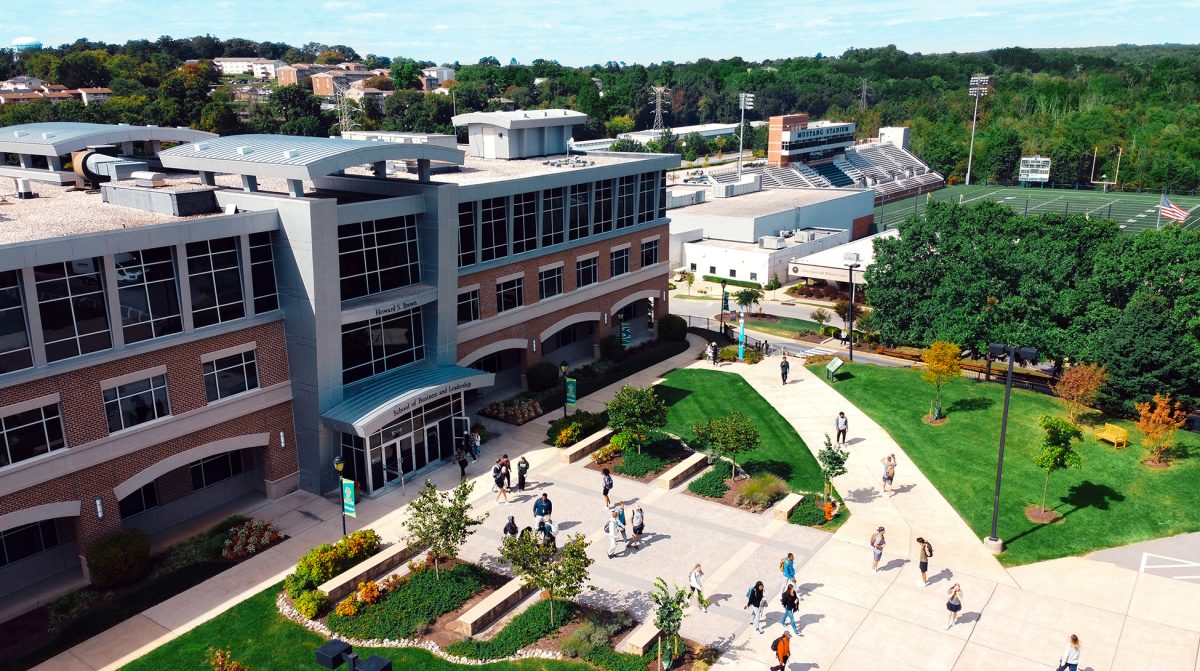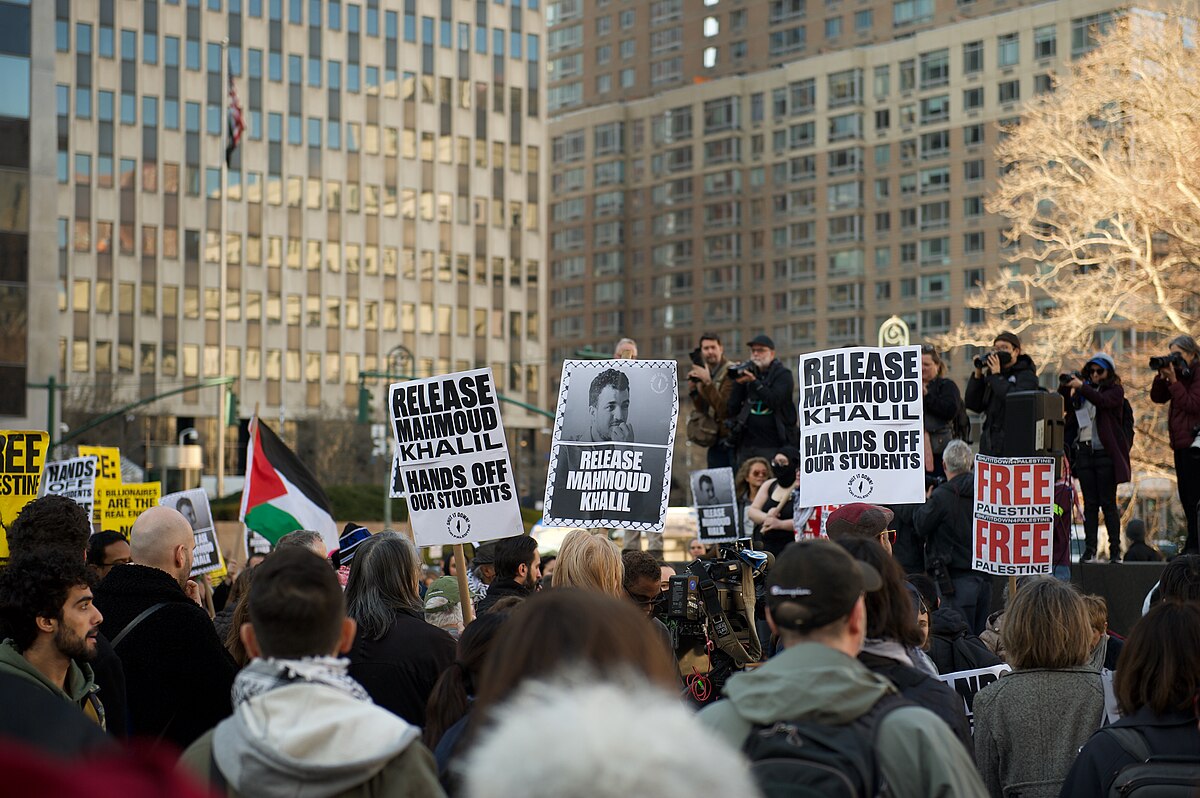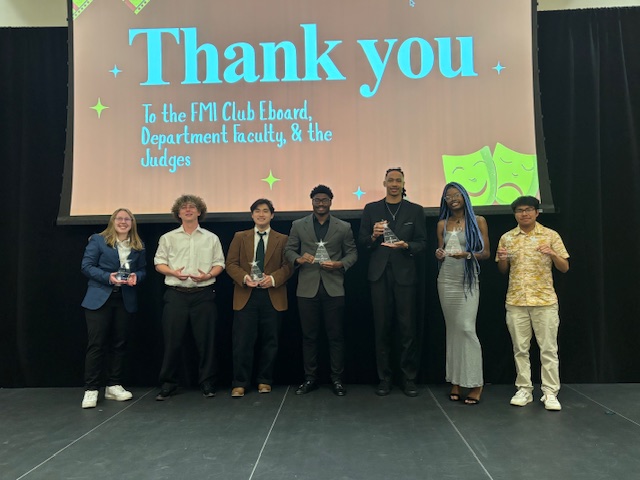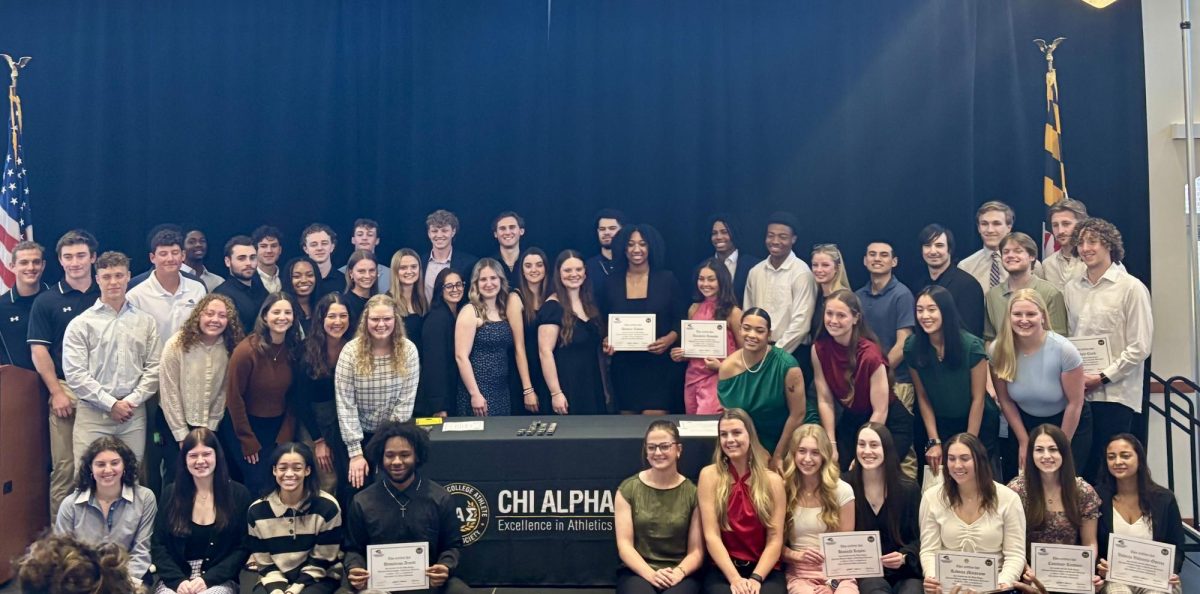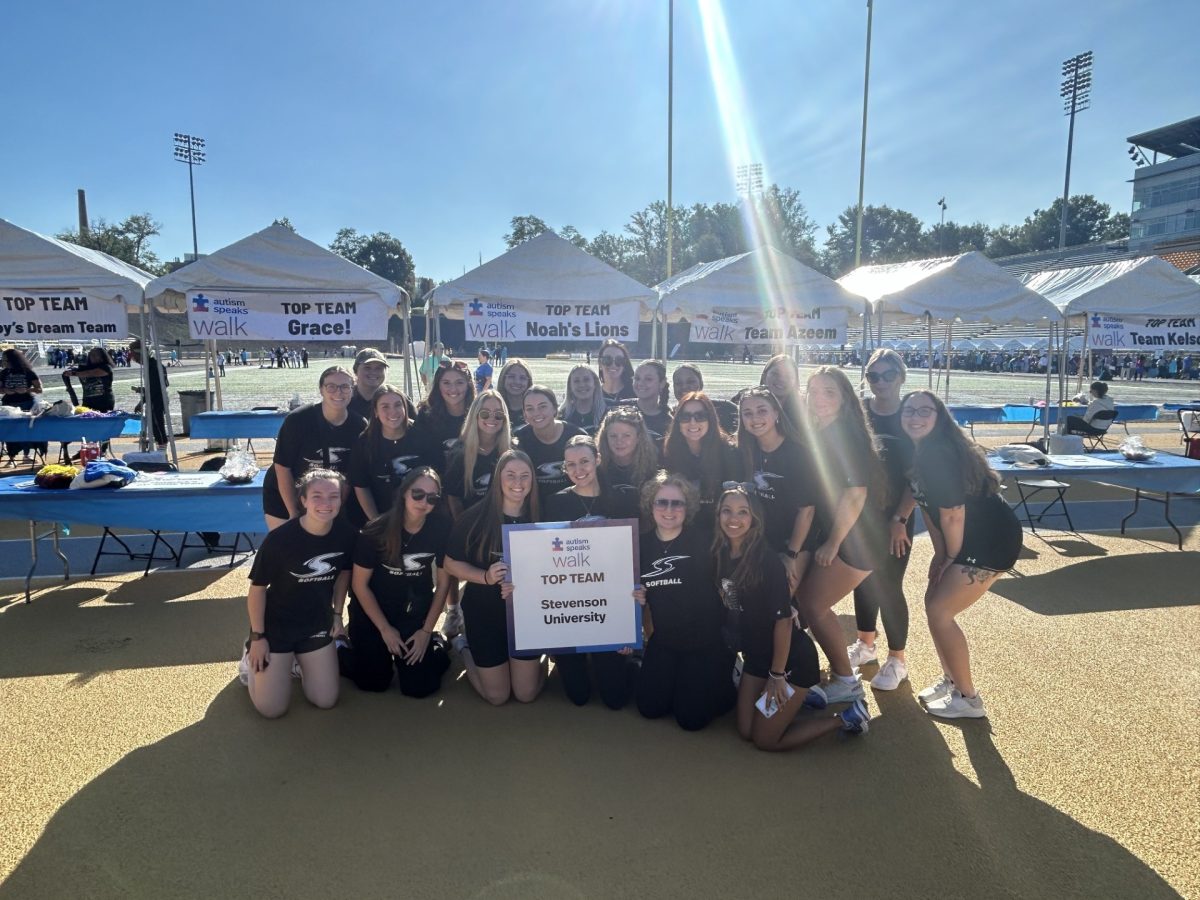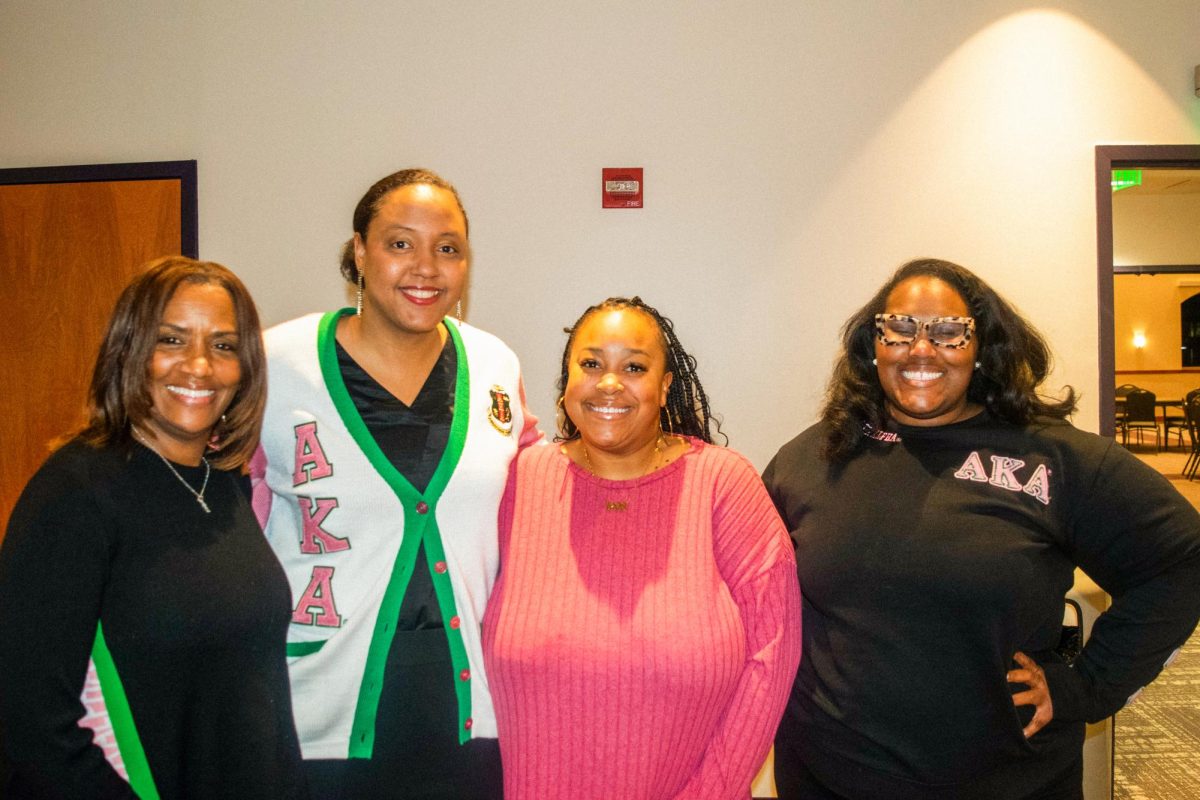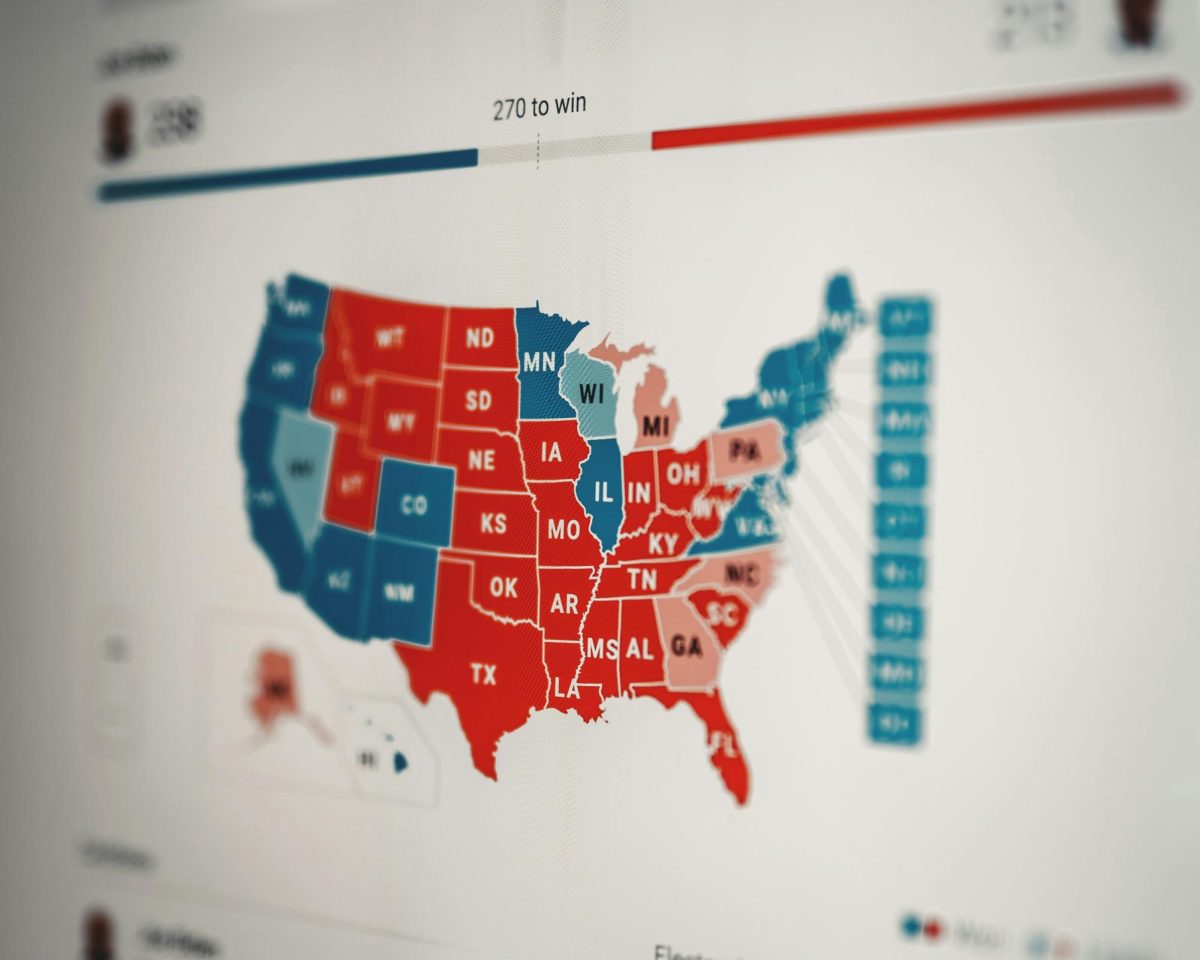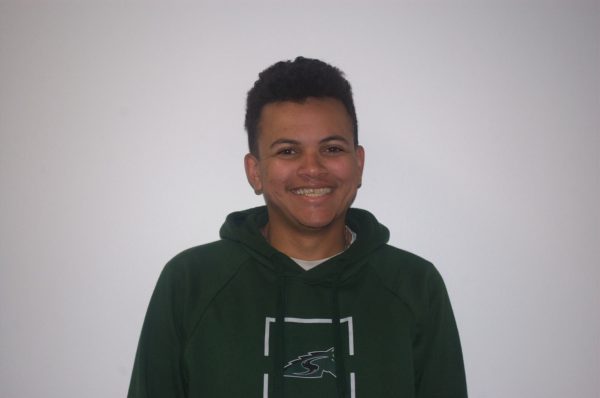As a young girl growing up in Baltimore City, Yolanda Peace remembers Sundays when she climbed into the backseat of her family car for a trip over the Francis Scott Key Bridge.
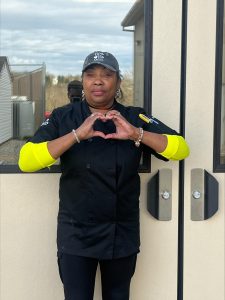
“I remember always on Sundays, my father would have to take my mother to work, and we would be in the car as kids just in awe looking at all the water,” said Peace, who works in food services at Stevenson. “We had never seen it. I was a city girl, born and raised. It was just exciting for us on Sunday to go across that bridge.”
Her mother, aunts, and uncles worked at Bethlehem Steel in Sparrows Point in Baltimore. It closed in 2012, replaced by Under Armour’s international headquarters and other warehouse distribution centers.
On Tuesday morning around 1:30 a.m., the Key Bridge collapsed into the Patapsco River after a support was struck by a large container shipping vessel. Peace had to tell her mother about the tragedy that has taken the lives at least two of eight construction workers who were filling potholes on the bridge at the time of the collapse.
“When I told my mother about it, she had no reaction,” Peace said. “It was just tears. It was heartbreaking.”

Peace struggled to keep herself together on her drive to Stevenson Tuesday morning.
“I say a prayer anyway before I leave the house, but an extra five minutes, a heartfelt boo-hooing even behind the wheel trying to get here,” Peace said. “I just can’t imagine what the friends and family members went through.”
“It got to be so bad for me, until I just blocked it all out,” Peace continued. “That was the only thing I could do for my own peace and sanity.”
In early hours of Tuesday morning, it was a typical departure for the Dali cargo ship.
As it was leaving the Port of Baltimore, a routine departure soon went horribly wrong. Around 1:25 a.m., a mayday call went out, leaving Baltimore County Police only 90 seconds to evacuate the Francis Scott Key Bridge.
Sadly, it was not enough time to get the eight workers off the bridge before disaster struck. The ship hit the pillar, causing the 47-year-old bridge to collapse in just eight seconds. In the aftermath, two of the eight workers were rescued. The bodies of two more were recovered Wednesday, and as of Thursday, four workers remain missing and are presumed dead.
Others in the Stevenson community said they were relieved the tragedy was not worse after police closed the bridge to traffic after the ship sent out a distress signal.
“I’m so grateful that everybody was able to stop the main traffic,” said Nicole Darden, a chef at The Grill on Owings Mills North campus.
Recovery and cleanup efforts at the site have begun, and SU education department professor Jesse Schneiderman hopes for efforts to be successful.
“It was sad,” said Schneiderman, who also serves as director of the Zirkin Center for Excellence in Teaching and Learning. “My first thought was that it was going to be difficult and frustrating. I live on Pratt Street. It’s not going to affect my commute, but if I’m going to go anywhere else, I’m sure it will eventually.”

President Joe Biden announced Tuesday that the U.S. government would pick up the entire cost of cleaning the site and rebuilding the bridge, although it may take years to fully complete.
“I’m glad the president said it would be funded by the federal government, that we’re not going to have to worry about,” Schneiderman said. “I would love if there was a broader kind of effort to promote public transit more.”
Karen Wilson, an adjunct philosophy professor at Stevenson for 30 years and long-time resident of Baltimore County, was in complete shock.
“I just hope everyone ended up being alright,” said Wilson, who was reminded of 9/11 when she saw the bridge collapse so quickly, much like the twin towers in New York City.

Wilson also considered the economic impact of the bridge and hopes Baltimore can recover from the collapse.
Nelson Buchanan is a chef at the North Grill. He also expressed concern about the economic impact of the near-complete closure of the nation’s ninth-largest port.
“It’s going to affect the port workers a lot, that’s what I’m more concerned about,” Buchanan said. “People are going to be out of work for a couple of months, and the economy for Baltimore, the Maryland economy (may suffer).”
Security guard John Miller was shocked when he heard the news Tuesday.
“When I first saw the pictures, they were sent by a co-worker. I really couldn’t believe it,” Miller said.
He hopes the bridge is rebuilt with “dolphins,” concrete impediments that would prevent ships from running directly into bridge supports.
“It would be nice when they rebuild the bridge — if they re-build the bridge — if they put some kind of supports for the bridge that deflects boats away,” Miller said. “Those pylons are just sitting there, waiting for something to hit them.”
Listen to Dominic Snipes’ interview with Yolanda Peace:





